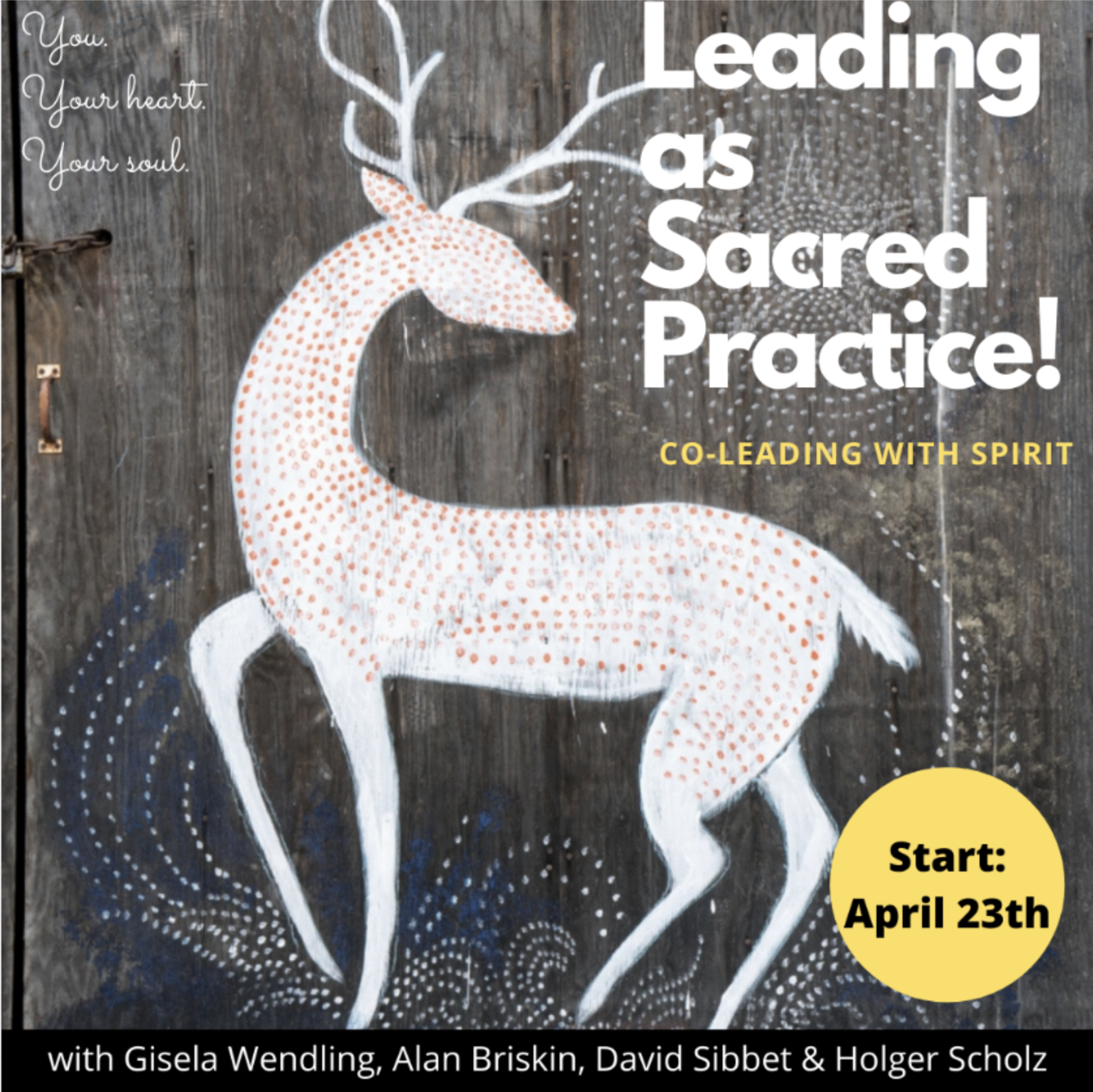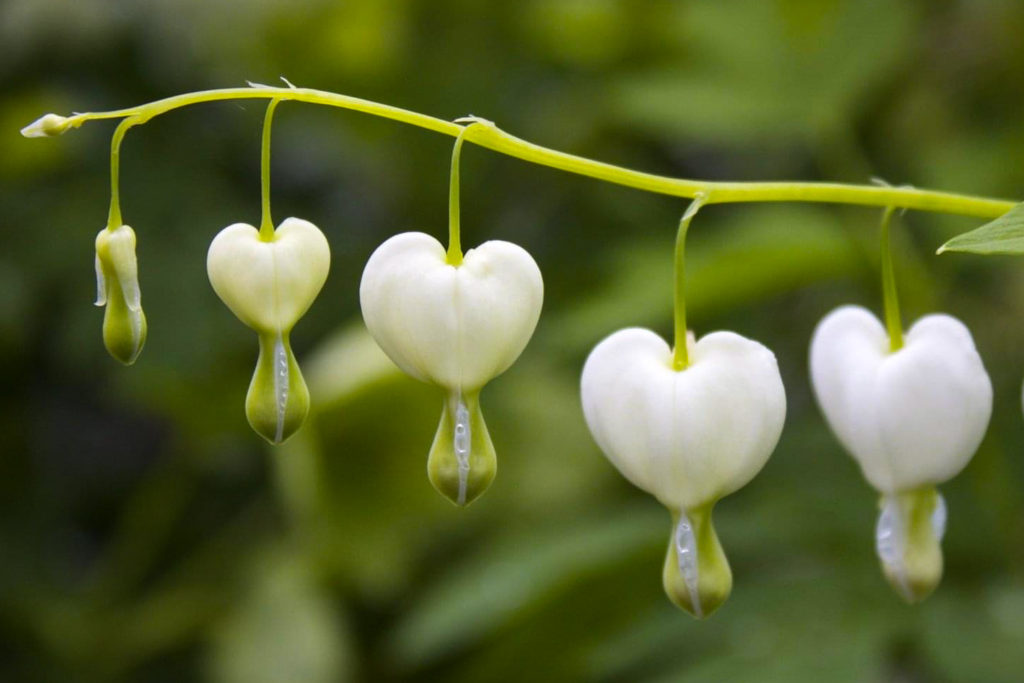TEN STEPS ON THE PATH OF SELF AWARENESS
Reflections of an Inspired Talk by Joan Halifax
I am told that Buddhist sutras open with the word Nyozgamon, which means ‘I heard it like this.’ Hideo Takahashi titled his book on the spiritual teacher Masahisa Goi with these five words.
What I like about these five words is that they make room for the listener to reflect back what was treasured while still adding new depth and meaning. In this way wisdom becomes collective because it is not a possession of any one person.
~ Alan Briskin
I HEARD IT LIKE THIS…
Reflections of an inspired talk by Buddhist teacher Joan Halifax.
TEN STEPS ON THE PATH OF SELF AWARENESS
There are ten steps we all can take to enlarge our self awareness. These steps are like strings on an instrument or notes on a piano. We can practice them separately but when played together, we can make beautiful music.

The first step to increased self awareness is ATTENTION. What kind of attention? Attention to an inward watchfulness. When we practice this form of alert behavior, we bring awareness to the flow of feelings, thoughts, moods, fantasies, and sensations that lie within us.
Our interior is a kaleidoscope of mental, emotional, and spiritual activity constantly in flux. How can we be self aware if we do not honor this activity? As a single note on a scale, inwardness can be an act of self absorption but it is not a single note. It is part of a greater harmony.
The second step is AFFECT. What kind of affect? Affect that has a bias toward pro social emotions such as kindness, understanding, joy, and curiosity. These are the positive emotions that warm us in pleasurable feelings and attract similar energies in others. These are not false or forced feelings, though they can be. Self awareness allows for choice and the choice to be curious, kind, understanding and joyful in the face of rigid certainty, meanness, confusion, and hatred is one of the more difficult we can make.
A choice for these positive emotions does not make us delusional or oppressively cheerful. Rather it deepens our self awareness and becomes a deliberate practice. When we practice putting forward pro social emotions in the face of pessimism or hostility or demonstrate curiosity and kindness facing head winds of destructive sentiment, then we are truly on a path toward wisdom.
The third step is INTENTION. What kind of intention? Intention that has a high regard for unselfishness. Often, we are unconscious of our own motives, going through our day reacting to people and events with habitual behavior. We smile at what amuses us and frown at what frustrates or annoys us. Certainly we pay attention to others, but not with any particular intention to listen, comfort, or care for them.
When we set our intention to be considerate of others, remarkable things can happen. Possibly it is in small steps, like letting someone go ahead of us in line or preparing a meal for a friend who is ill. Sometimes it can have larger consequences. I know a business executive who said his life was changed when he approached his staff with a “generosity of intent.” Setting an intention for unselfishness creates a tension, balancing our own needs and perspectives with the needs and perspectives of others. This tension makes us wake up to a higher purpose in life and becomes the ground from which we continue down the path of learning.
The fourth step is CULTIVATION. What are we cultivating? We are cultivating the capacity for moral sensitivity and judgment. Self awareness is advanced when we recognize that right action is not prescribed for us; it is a personal act of conscience grounded in understanding.
When we cultivate moral judgment, we are going beneath the surface of things to understand the interconnectedness of life. We are seeing beyond appearances or the simple duality of this or that. Moral sensitivity leads us to continually ask how we are being affected by others and how others are being affected by our thoughts and actions. By practicing this form of careful discernment, we become more decisive in our actions and better able to articulate the basis for our decisions.
The fifth step on the path of self awareness is WITNESSING. What are we witnessing? We are witnessing, in the role of disciplined observer, our interior thoughts and reactions. We are observing how our mind functions in response to others and our particular circumstances. When we seek harmony, do we find ourselves more irritated? When we wish to assert ourselves, do we notice feelings arise of aggression or competition? When we are praised, do we become shy or inflated? A disciplined observer does not judge but rather, over time, sees patterns of behavior.
These patterns become part of a meta cognitive perspective, an ability to see beyond isolated behaviors to a web of relationships. This witnessing capacity functions as a kind of lubrication for consciousness, loosening our attachment to particular thought patterns or reflexive ways of defending a particular view of ourselves. We become more at ease with a “self that watches over” the mind’s activities.
The sixth step is the ability to DISTINGUISH. What are we distinguishing? We are distinguishing self from others. We are becoming more fully aware of our boundaries, how we are separate from others yet deeply interconnected. By distinguishing well, we develop a capacity to moderate excessive distancing from others without collapsing into some form of false merger with them. We become aware of the differences between distancing behavior, empathic over arousal, and compassion.
The Dali Lama tells the story of a man, walking in the forest, who comes upon a person trapped under a huge boulder. The man trapped under the boulder is beginning to panic and has trouble breathing. A response of empathic over arousal would mean that the man not trapped by the boulder also begins to panic and have trouble breathing, leaving him unable to help. Alternately, a person distancing themselves from the situation might avoid it entirely and keep walking on. Compassion would mean helping to remove the boulder. Compassion suggests a degree of distance, close enough to connect us to the suffering but not so close that we mistake ourselves for the person suffering or so distant that we become numb or uncaring.
The seventh step along the path of self awareness involves KNOWLEDGE. What kind of knowledge? The knowledge of impermanence? This is the knowledge that awareness of mental and material phenomenon are continually changing, continually in flux. We may wish to cling to an idea such as happiness but if we notice what is happening inside us, happiness is not something solid, not something we can lock down. If we become aware of pain, even physical pain, that too is not something we can know with certainty. It shifts, ebbs, moves around, is felt slightly differently in slightly different places. The knowledge of impermanence allows us to liberate ourselves from clinging to fixed thoughts, emotions, and especially rigid ideas of self.
What is it about the nature of impermanence that is so important to self awareness? Self awareness is strengthened whenever habitual patterns of thought and fixed ideas are surrendered. We become more agile in facing ambiguity. We become more skillful at seeking clarity without the obstacles of existing prejudices. We become aware of the self that both creates and clings to form. We are better able to develop positive habits of letting go and letting come a new awareness.
The eighth step brings us to NON ATTACHMENT. What kind of non attachment? Non attachment to outcome. When we create an outcome in our mind, we begin to lose awareness of the present moment. We may even lose awareness of others or dismiss their importance. The outcome becomes a basis for action, a source of meaning, and a bigger canvas to project our own self importance. We may drive ourselves and others, at any cost, to reach an objective. Some might even believe this is what leadership means or what leadership requires of us.
Non attachment teaches a very different lesson. In driving toward an objective with little mindfulness of the present or concern for self or regard for others, we often fail to reach the objective, or worse, do harm to self and others. We fail to notice the stop signs along the way, always rushing forward. We fail to take note of our own intuitive insights or the insights of others. Non attachment is a liberating energy, freeing us from the fear of not achieving our goal. With reduced fear, we are capable of doing great things, having greater access to creativity, spontaneity, and a genuine ethic of caring for ourselves and others. Suddenly we are noticing what is essential in the present moment and acting from the true source of our deeper desires.
The ninth step is BODY SENSING. What kind of body sensing? The sensing that allows us to read the visceral wisdom of our own physical being. We can use technology to track our sleep cycles, find a great place to eat, or navigate between point A and point B, but do we know when our own body is distressed, frightened, exhausted or exhilarated? Do we know when to rest, eat foods that nourish us, and navigate well socially demanding situations? Our physical body is its own technological marvel that cannot be replaced by external systems. We inhabit our bodies and our bodies, from toes to the tip of our head, provide us with an extraordinary capacity to sense what is going on inside us and what others may also be feeling.
Body sensing is a central aspect to self awareness because nothing reveals so clearly the energetic state we are in. Heart rhythms influence emotional processing, higher order cognitive functions, and possibly even how and what we perceive of reality. Our nervous system has a memory only loosely under control of our conscious thoughts. Months after a woman was in a head on collision, she flinches on seeing oncoming traffic, though she consciously knows the cars are in their proper lanes. Sensing danger or feeling pain, our bodies contract and tense up, feeling love we expand and soften, frightened we might quiver or shake. Certain forms of autism and emotional fragility are associated with disassociation from one’s body. To know and respect the body in all its nuanced forms and signals is to ground oneself in the flesh and a basis for genuinely sensing into the energetic states of others.
The tenth step is ENGAGEMENT. What kind of engagement? An intentional form of cognitive and emotional engagement achieved through practice. Practice is what brings to life increased self awareness. Practice is what allows for refined neuro-cognitive linkages to form in our brain. Practice is what allows for knowing the difference between spontaneous action and intentional restraint. Wisdom cannot be gained through lofty thoughts alone, if at all. However, joined with practice, each of us can become life long learners, more skillful through encounter and engagement with the world.
The multiple paths of self awareness bring the attention inward. This is the paradoxical discovery that complements outward engagement. We become witnesses to the many selves constellated within ourselves. We become more at ease with unconscious processes because we are not the final masters of our thoughts and feelings. Instead we become co-creators with our inner life, tending to the living springs that nourish us and which flow toward the interconnected emotional waters we call compassion.
At some point along the journey, engagement with inner self and outer world become more fluid. How could it be otherwise if we embrace the many paths of self awareness – knowledge with affect, intention with non-attachment, moral sensitivity with the ability to distinguish self from other. How much more satisfying it is when we become disciplined non judgmental observers of our mind’s activities and respectful companions to our body’s wisdom. No longer living in a simple duality between this or that, we become weavers of a multi-colored tapestry that includes self and world, the world and the Self.




